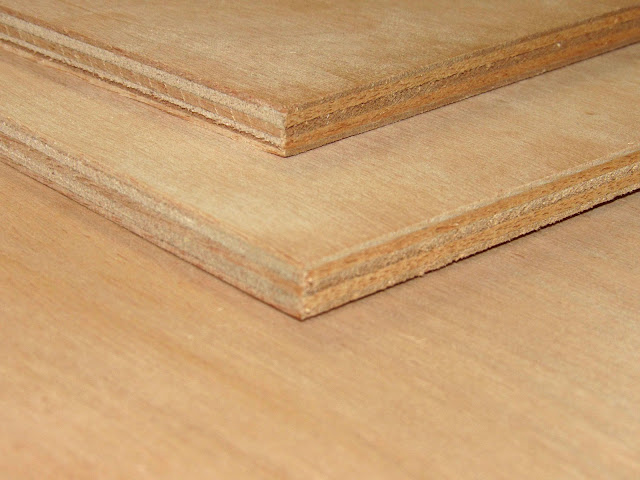The Ultimate Guide to Choosing Birch Plywood for Your Project
Plywood is a versatile and popular material used in various woodworking projects. Its strength, durability, and attractive appearance make it a top choice for both DIY enthusiasts and professional woodworkers alike. However, with so many options available, choosing the right birch plywood for your project can be overwhelming. In this guide, we'll walk you through everything you need to know to make an informed decision.
Itis made from thin sheets of birch wood veneer that are glued together to create a strong and durable material. The layers, or plies, are stacked in alternating grain patterns, which gives it strength and stability.
Grades
It is available in several different grades, each with its own set of characteristics and uses. The most common grades include:
B/BB: This is the highest quality grade of plywood and is often used in high-end cabinetry and furniture making. It has a smooth, sanded surface with no visible defects on the face veneer and minimal defects on the back.
BB/BB: This grade is also high quality but may have more defects on the surface. It is suitable for applications where the appearance of the plywood is less important, such as in structural applications or where the plywood will be painted.
CP: This grade is a utility grade and may have more defects, such as knots and patches, on both the face and back veneers. It is often used in applications where appearance is not as important, such as in subflooring or roofing.
Thicknesses of plywood
This is available in a variety of thicknesses, ranging from 3mm to 25mm or more. The thickness you choose will depend on the specific requirements of your project.
3mm - 6mm: Ideal for projects that require lightweight and flexible plywood, such as model making or crafts.
9mm - 12mm: Suitable for general woodworking projects, such as cabinets, shelves, and furniture.
15mm - 25mm: Used for more heavy-duty applications, such as flooring, roofing, and structural components.
Advantages
There are several advantages to using birch plywood in your projects:
Strength and Durability: Plywood is known for its strength and durability, making it suitable for a wide range of applications.
Attractive Appearance: Plywood has a pale, uniform colour and a smooth, sanded surface that looks great in both natural and painted finishes.
Stability: The alternating grain patterns of birch help to prevent warping and twisting, ensuring that your projects stay flat and stable over time.
Easy to Work With: Birch is easy to cut, shape, and sand, making it ideal for both DIY and professional woodworking projects.
How to Choose the Right Plywood for Your Project
When choosing plywood for your project, there are a few factors to consider:
Grade: Consider the grade of plywood that is best suited to your project. If appearance is important, choose a higher grade with fewer defects on the surface.
Thickness: Choose a thickness of plywood that is appropriate for the specific requirements of your project. Thicker plywood is stronger and more durable, but also heavier and more expensive.
Finish: Consider whether you want a smooth, sanded finish or a textured finish for your project. Birch is available with a variety of surface finishes, including sanded, textured, and pre-finished options.
Final Words
Birch is an excellent choice for a wide range of woodworking projects, thanks to its strength, durability, and attractive appearance. By understanding the different grades, thicknesses, and finishes available, you can choose the right birch plywood for your project with confidence. Whether you're building cabinets, shelves, furniture, or something else entirely, plywood is sure to meet your needs and exceed your expectations.



Comments
Post a Comment